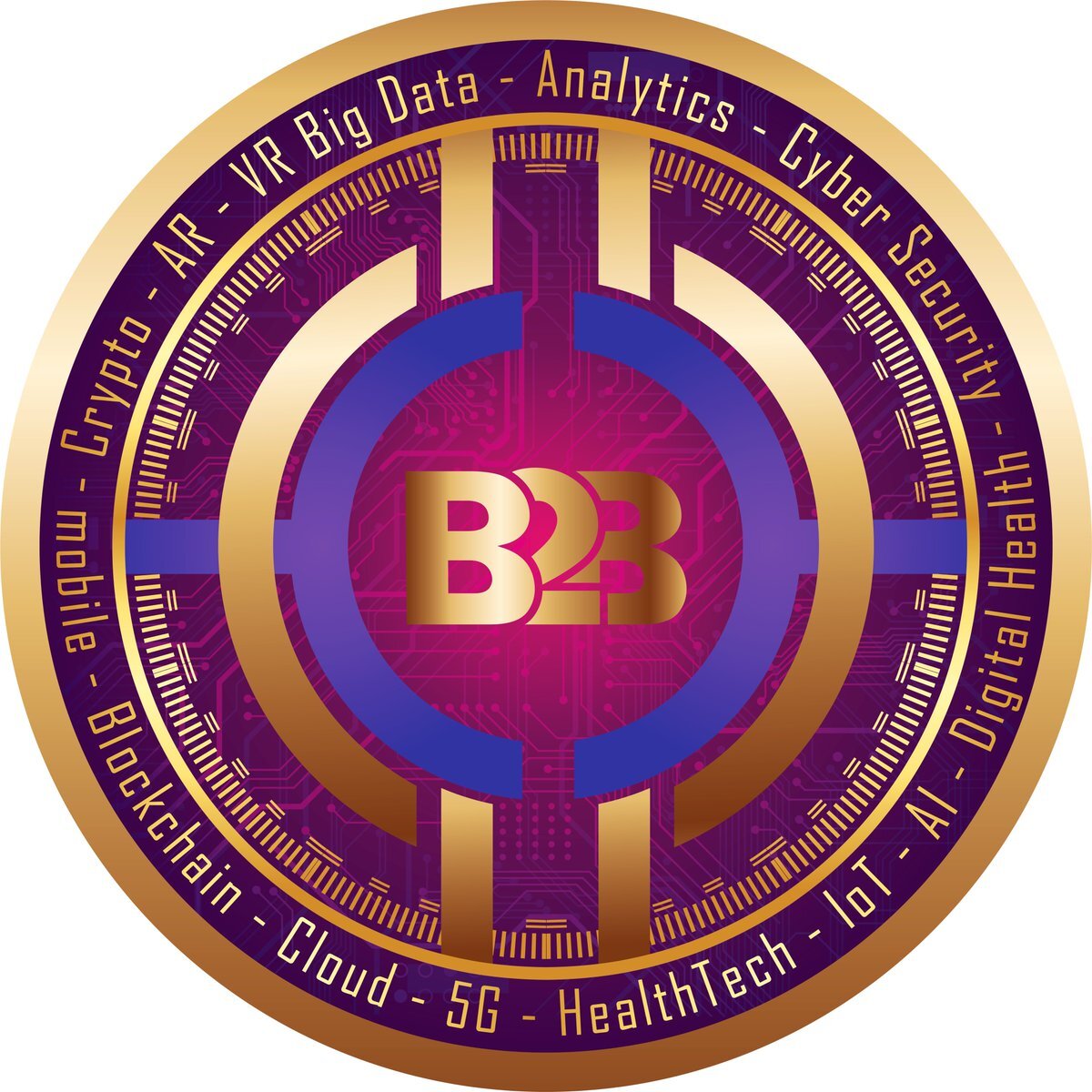The Matter Standard – The Future of Smart Home Design?
The intelligent home market is expected to be worth $53 billion globally. Years of research and development have resulted in networking technologies like Bluetooth, Wi-Fi, Thread, and ZigBee. In a perfect world, these technologies and standards would coexist happily in a unified ecosystem, connecting various networks and, importantly, allowing engineers and developers to bring new products to market more quickly. The Matter Standard was designed and created to address this particular shortfall.
Matter is a communication protocol that connects devices that have previously been unable to communicate with one another. It is set to be released in the autumn of 2022. However, after multiple delays in the past, the launch date is far from certain. "Project Connected Home over IP," better known as CHIP, was the name given to the Matter Standard when it was initially established in December 2019.
However, in recent months, it has gained a lot of attention. There are over 200 members in the Matter Working Group. Additionally, the project is backed by giants in the tech realm, including corporations such as Alphabet (Google), Apple, Samsung, and Amazon.
Why Matter? Developers have had to write the same code on top of a foundation of protocols such as Thread to allow communication of similar kinds of data. This is similar to creating a layer of audio data processing on top of the Bluetooth Low Energy (BLE) foundation rather than using a protocol already present in the BLE layer.
Matter uses an SDK, in which developers use a standardized means of communicating built on top of the protocol layers that Matter supports.
Matter is classified in Layer 6 of the OSI (Open Systems Interconnection model) and lies on top of existing protocols. As a result, a bridge must be built between existing protocols — such as Zigbee, which is commonly used in many smart home appliances — and Wi-Fi on your phone.
Expect fierce competition among the smart home devices major competitors as they race to develop and market the best hub, which will most likely integrate with their leading home automation assistant.
The Matter standard will improve the reliability and security of communications between all devices. Any certified Matter device will be able to interact and operate with any other certified Matter device, even when different companies manufacture the gadgets. This is similar to how Bluetooth devices can connect with each other.
The new standard is particularly advantageous to developers because Matter is open source, enhancing security and dependability by allowing anybody to access and modify the source code. On GitHub, it still goes by its old project-chip.
Google and Apple provided the majority of the codebase. The creators of the ZigBee protocol, Silicon Labs, also contributed significantly to the project. Silicon lab's main contribution was through the ZigBee Alliance, currently called the Connectivity Standards Alliance.
To sell their products as Matter-compatible, there is a requirement for companies to pay the Connectivity Standard Alliance a certification fee. While this adds costs to the development of smart home devices, it could be viewed as a positive approach mainly because it ensures that only products that have been thoroughly designed and adequately tested will be available on the market.
As evidenced by the 1.4k open issues in the project's GitHub repository, Matter is very much in its infancy. There is still much more work to be done before any Matter-based products can be sold.
Wi-Fi 6 & Wi-Fi 6e aim for ever-higher data speeds, lower latency, and lower power/battery consumption, similar to how BLE evolved from Bluetooth.
By having a mechanism for the router to tell the device exactly when to expect the next data packet and enabling it to sleep in between receiving two data packets, Wi-Fi 6 and Wi-Fi 6e aim to reduce the amount of time a device uses its transceiver. It will be fascinating to see how much power the new modules for sleeping end devices use with this new Wi-Fi standard. It will be especially interesting to compare the new Wi-Fi protocols with ZigBee and the various other protocols that Matter supports in terms of power consumption.
Matter will be based on IPv6, which has the potential to handle far more devices than there are MAC addresses (keep in mind that the 48-bit MAC address space contains over 281 trillion).
It Will make it much easier to deploy and integrate IoT systems and smart home devices in sectors like health, energy, buildings, and automotive and also help phase out small ecosystems that can't communicate with one other or the outside world, and Isn't attempting to replace current standards but rather to build on top of the existing protocol to make connectivity easier.
Matter Makes it far easier for software programmers to create IoT appliances and for customers to buy items that will seamlessly, securely, and reliably connect with one another.
Consumers should check the websites of their preferred/favorite manufacturers to see if they support Matter and if their current home automation systems will be supported with a simple software upgrade.
